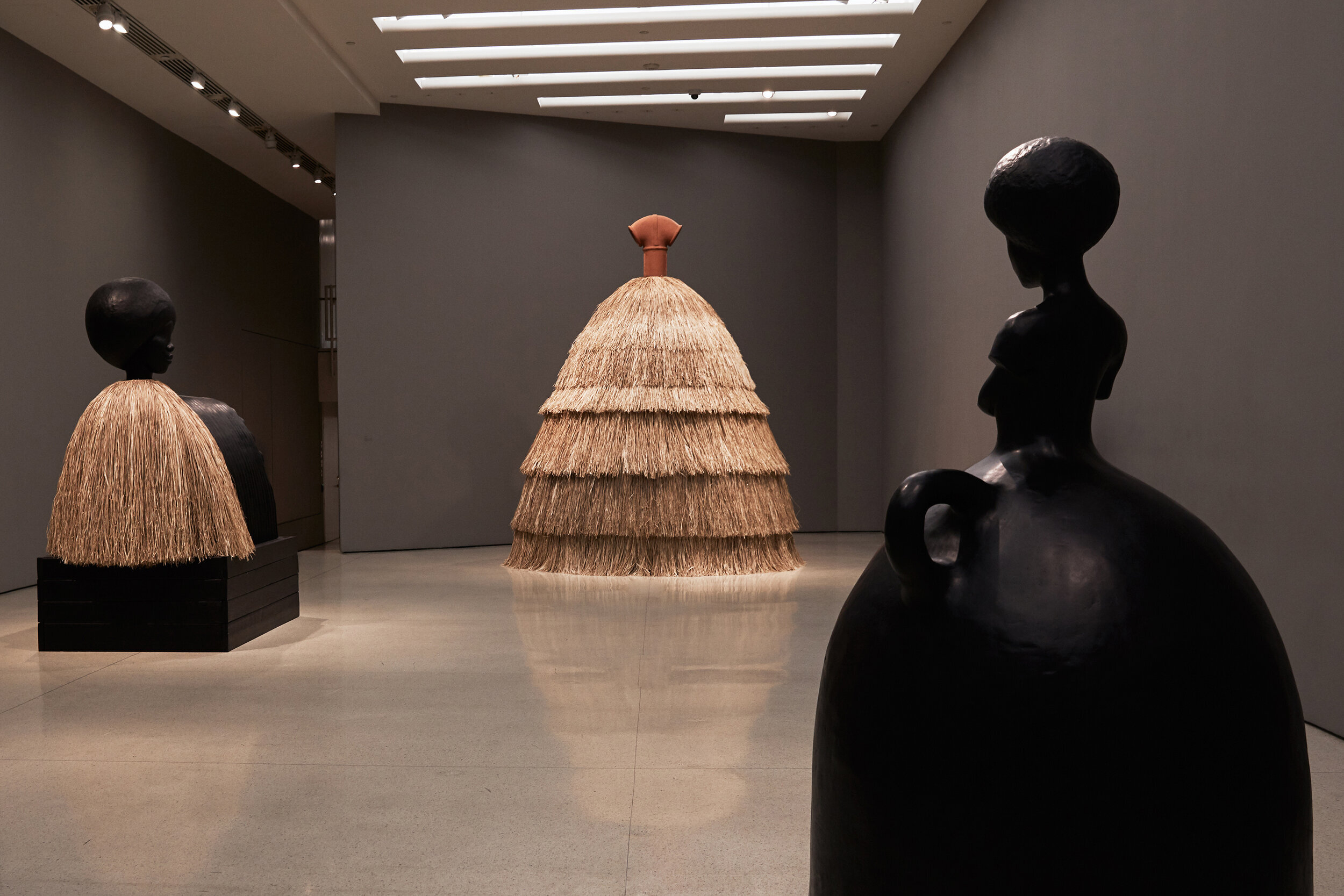The Loophole of Retreat
In her writing, Incidents in the Life of a Slave Girl, formerly enslaved Harriet Jacobs describes the cunning ways Black women have always carved out spaces of refuge that function as sites of self-definition, despite geno-epistemicide.Through recounting her experience of escaping slavery via hiding out in a garret for seven years, while possessing an all-seeing gaze on the outside and using this carved freedom to eventually escape enslavement, she exists within a loophole--an undetected space, in the midst of chattel slavery (Jacobs 2000). Literary scholar Valerie Smith argues that due to Jacob’s physical and spiritual independence of her master while existing within the loophole, her true emancipation begins upon entering this space, despite not crossing into free territory until seven years after (Smith 1990). Smith states, “Given the constraints that framed her ordinary life, even the act of choosing her own mode of confinement constituted an exercise of her will, an indirect assault against her master’s domination (Smith 1990). The violent captivity of the Black body is not a new phenomenon, however, as Smith underscores, self-definition is freedom that is already ours, is already owned by our selves, is vibrant in our spirit and flesh, and is an assault against the very powers that aim to keep us captive.
This site aims to document what Black folk have always done--create “worlds otherwise”--loopholes within the many manifestations of genocide. This is done through documenting self-definition through performance art, writing, oral narrative, and reprieve spaces for Black folk and folk of color, including those navigating addiction and the world of recovery. Though black feminist epistemicide, the hyper-stigmation and incarceration of Black people navigating addiction, and the genocide of Black Trans bodies are the backdrop of this work, Black people still find empowerment, rooted in cultural relevance, and legacies of those who came before.

Loophole of Retreat (Installation View), Simone Leigh, Solomon R. Guggenheim Museum. Photo: Olly Yung. © 2019 Matrons & Mistresses.
Sydney Sherow Celestin performs in 'Harriet Jacobs,' the regional premiere of a play by Lydia R. Diamond presented by African American Repertory Theater at KD Studio Theater on June 9, 2016 in Dallas. (Ting Shen/The Dallas Morning News)

Ellen Driscoll, The Loophole of Retreat, 1990–91. 13’ x 8’ diameter wooden cone, 12 mixed media objects on motorized wheel, 7 suspended columns with interior lights receiving shadow images on salt piles on the floor, and a 22’ x 22” accordion book. Photo by George Hirose. © 1990–91 by Ellen Driscoll.
